GOPHR
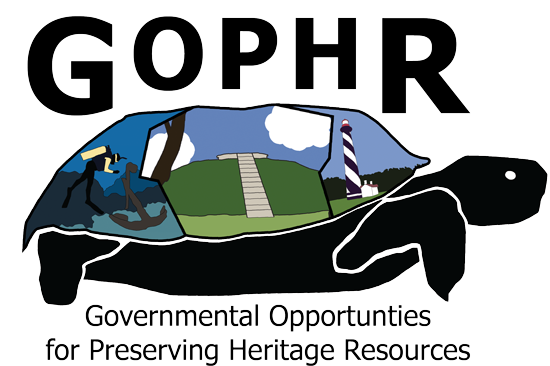
This Governmental Opportunities for Preserving Heritage Resources (GOPHR) program is designed to inform local governments and heritage groups about the opportunities and complications associated with preserving and utilizing archaeological and historical sites. Though many of these modules complement one another, each stands alone and participants can choose the subjects most relevant to them. This series is not the final answer, but provides a general understanding of these topics and the tools to pursue them further. Modules are listed below, accompanied by a brief description.
Each module includes:
- A 25 to 45 minute presentation.
- A printed booklet.
- A matching USB or CD with supplemental materials (i.e. laws, examples, contacts, further reading).
Contact your local FPAN Regional Center if you have any questions or are interested setting up one of these workshops in your area.
Workshop Introduction (15 mins)

This presentation comes standard with each individual workshop. It includes an overview of the GOPHR program, what we will cover in the workshop, and a brief introduction to archaeology (what it is and why it matters).
Funding and Support (30 mins)
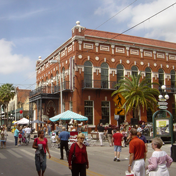
This module lays out the opportunities available to local communities for funding and professional support for heritage preservation projects. Specific topics include: Federal and State grants, programs through the Division of Historical Resources, the Certified Local Government program, and the National Register of Historic Places. The focus is on identifying these programs, briefly describing what they do, their requirements, and how to begin pursuing them.
Certified Local Governments (25 mins)
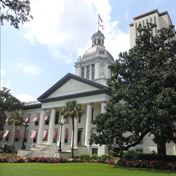
The Certified Local Government (CLG) program stems from the realization by both the Federal and State governments that heritage preservation is most effective on a local level. To that end, this program represents a partnership between the two with the goal of aiding local governments in preserving their own heritage through funding opportunities and technical support. This module further details (in more depth than in the Funding and Support Module) the requirements for a municipality or county to become a Certified Local Government and the resulting benefits.
National Register of Historic Places (20 mins)
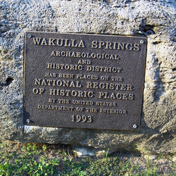
The National Register of Historic Places (NRHP) is often viewed as the ultimate goal for an archaeological or historical resource. There is a good reason for this as listing represents an acknowledgement of the site’s importance on a national level. The application process is fairly involved and this module furnishes the basic information needed to get started, as well as further detailing (in more depth than the Funding and Support Module) the benefits of being listed on the National Register of Historic Places.
Heritage Tourism Attractions (45 mins)
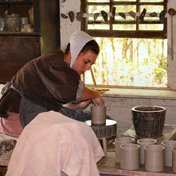
A recent study found that heritage tourism contributes $2.21 billion annually to Florida’s in-state wealth and over 75,000 jobs. This presents an opportunity for local communities to capitalize upon their past while preserving and celebrating it at the same time. The Heritage Tourism Attractions module details some of the benefits, outlines the development of effective interpretations for heritage tourism programs, and provides general advice for communities of any size.
Heritage Resource Preservation (30 mins)
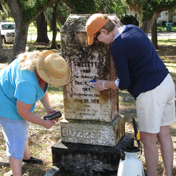
Heritage preservation is a professional specialty all on its own. For anyone desiring to preserve a structure or archaeological site, it can be very difficult to know where to start. Indeed, well meaning, but underprepared, organizations sometimes do irreparable damage to a resource. This module presents some key advice on safely and effectively preserving cemeteries, historic structures, and archaeological sites, as well as sources and contacts for more information.
Federal Preservation Laws (30 mins)
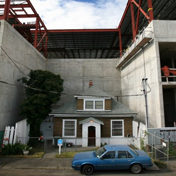
Many local governments are unaware of the Federal preservation laws that exist and when they come into play. This module is designed to help them avoid future problems by detailing the laws and when they must be considered, and by providing an overview of the Section 106 compliance process. Consultation with the appropriate government body will still be necessary, but participants will gain enough knowledge to avoid unpleasant surprises.
State Preservation Laws (30 mins)
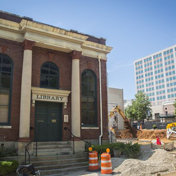
The basic structure of Florida preservation laws is very similar to Federal laws in many respects, but with some very important differences. Like the module detailing Federal laws, this module provides enough knowledge to help a local government avoid unpleasant surprises by describing when compliance is necessary, an overview of the process, and by providing contact information for the pertinent government agencies. There are enough similarities between these two modules that they will be shorter together than each individually.
